DATC a big hill to climb

Could you share with us DATC’s efforts in the restructuring of Vietnam Sericulture Corporation (Viseri), which was on the verge of bankruptcy?
We are in the process of making Viseri a joint stock company in accordance with the approved plan. Based on the results of defining its corporate value by September 30, 2011 (Viseri’s real value of VND327.5 billion or $15.7 million and equity negative VND122.8 billion or $5.9 million), DATC removed part of its debt to balance its financial situation to help Viseri become equitised.
As planned, after restructuring, Viseri’s charter capital will be VND100 billion ($4.8 million) with DATC holding 51 per cent, Viseri’s Labour Union 0.12 per cent, Viseri’s employees 5.5 per cent and remaining 43.38 per cent to be offered to the public.
The company offered 4,338,000 shares at its initial public offering (IPO) on November 22, 2012 and sold 861,400 shares at VND10,000 per share ($0.48).
The company reported to the Ministry of Industry and Trade (MoIT) to adjust the charter capital structure to be able to hold the first general shareholder meeting in early 2013.
In fact, some foreign investors wanted to buy Viseri stakes. But due to securities offering and foreign currencies management complications, the company must successfully turn into a shareholding company before it can further sell shares.
Previously, DATC restructured many other loss-making companies such as Sadico Can Tho, Procimex Vietnam, Kontum Sugar, Son La Sugar and Intimex Nha Trang.
However, after restructuring, these companies reached revenue and output many times higher than before. Sadico Can Tho, Son La Sugar and Kontim Sugar even stood in the country’s top 1,000 corporate tax contributors (V1000).
How about the restructuring of Bianfishco, the Vietnamese fishery processor and exporter which was on the verge of bankruptcy?
The case of Bianfishco opened a new way for DATC to restructure state-owned enterprises (SOEs), in which we did not directly put money into buying debts. Instead, we arranged for its shareholders and creditors to reach agreements by themselves.
So far, Bianfishco has successfully settled its debts with creditors and bought materials to process back again, recovering the employment and income for its employees.
Basically, its production and business has returned to normal. I think the trend to restructure SOEs similar the Bianfishco should be repeated because the efficiency of this method has been proven. Recently, Southern Seafood Joint Stock Company started its restructuring this way.
Up till now, how has DATC carried out its bad debt disposal and SOEs restructuring tasks?
DATC bought VND8 trillion ($384.6 million) in bad debt from credit institutions through 120 projects and continued to negotiate to buy more than VND5 trillion ($240.4 million) of other bad debts. In general, DATC’s debt trading and disposal is considered successful because DATC continuously reported profit, and stood in the V1000 for many years.
Many SOEs after being helped to restructure by DATC returned to operate normally. For example, after DATC bought debt and implemented restructuring, many stocks on the Hanoi Stock Exchange (HNX) such as SDG, KTS and SLS are now ranked AAA with the dividend of 20-30 per cent, per year while they were included in the list of “clinically dead” enterprises just several years ago.
DATC’s bad debt disposal is often considered too slow. What do you think about the assessment ?
It seems right only in terms of the bad debt bought by DATC. However, people should understand that the debts we bought are really debt which had remained for many years and banks could not handle them.
Moreover, DATC was established not to remove the huge bad debts at commercial banks. The main task is to shake out the financial situation and to support equitisation through debt assessment and trading.
In addition, currently there is not an efficient mechanism for DATC to buy and dispose the bad debt as many other regional countries had. We must manage risky business lines while having to try to expand the state capital.
What the stars mean:
★ Poor ★ ★ Promising ★★★ Good ★★★★ Very good ★★★★★ Exceptional
 Tag:
Tag:
Related Contents
Latest News
More News
- Promoting the widespread adoption of blockchain and AI to one million people (April 25, 2024 | 13:55)
- Current VAT rate may remain for foreseeable future (April 24, 2024 | 11:02)
- VAT overhaul to boost agriculture prospects (April 24, 2024 | 10:53)
- Vietnam should explore tax on gold investments amid auction strategy: expert (April 23, 2024 | 14:47)
- Techcombank targets strategic investor and announces dividend (April 23, 2024 | 14:45)
- HoSE to launch KRX trading system on May 2 (April 23, 2024 | 12:16)
- Refinements necessary for stock market (April 23, 2024 | 11:00)
- Solutions for enhancing provision of the stock market (April 23, 2024 | 10:38)
- MB aiming for 30 million customers by end of year (April 22, 2024 | 17:43)
- MB finalises strategy for acquisition of distressed bank (April 22, 2024 | 16:33)




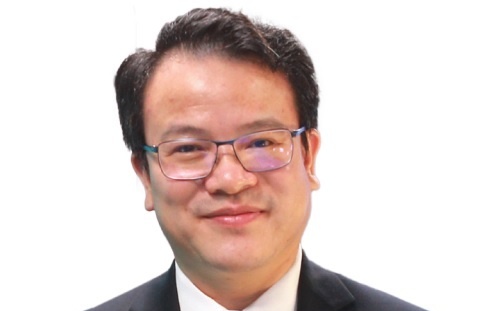




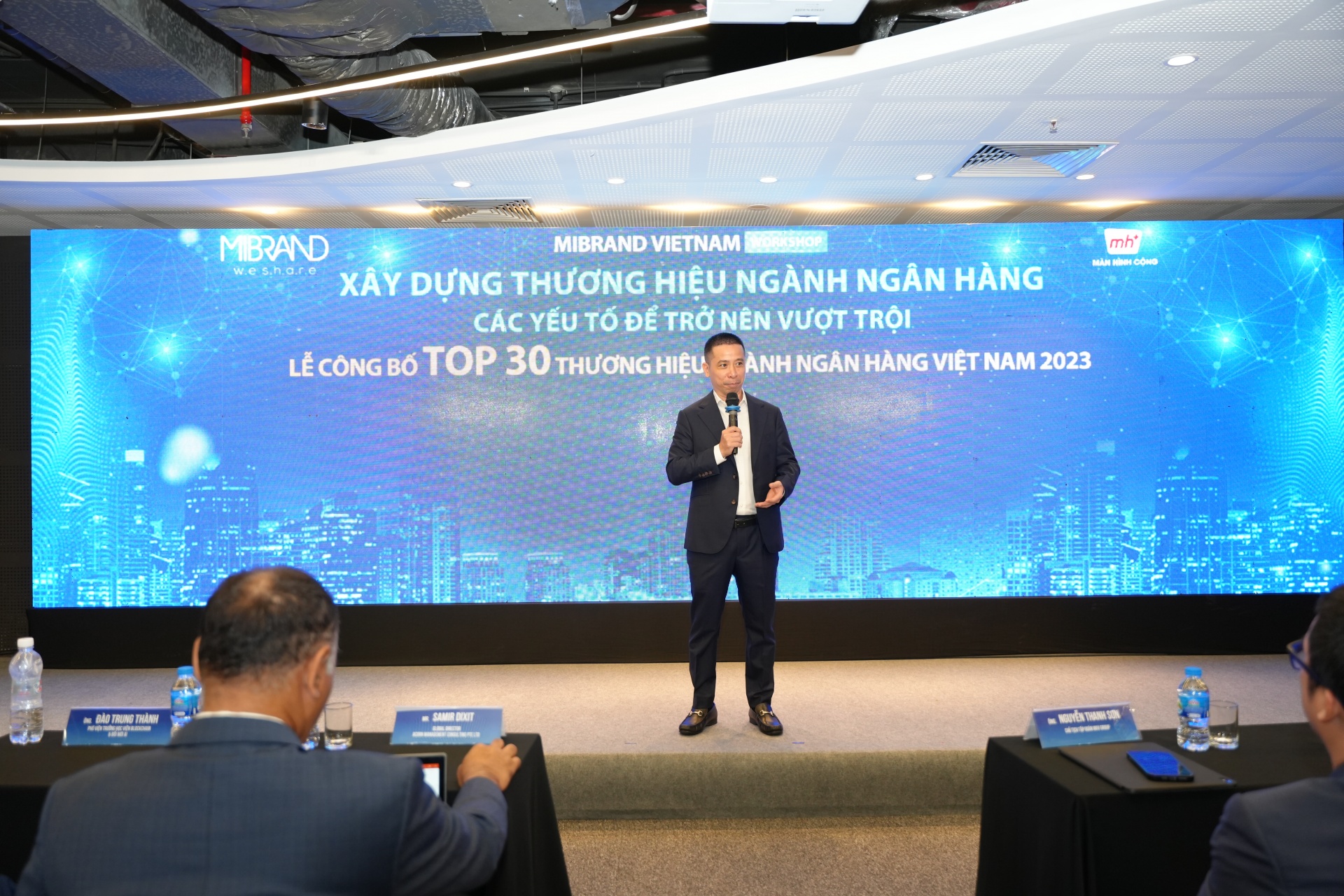

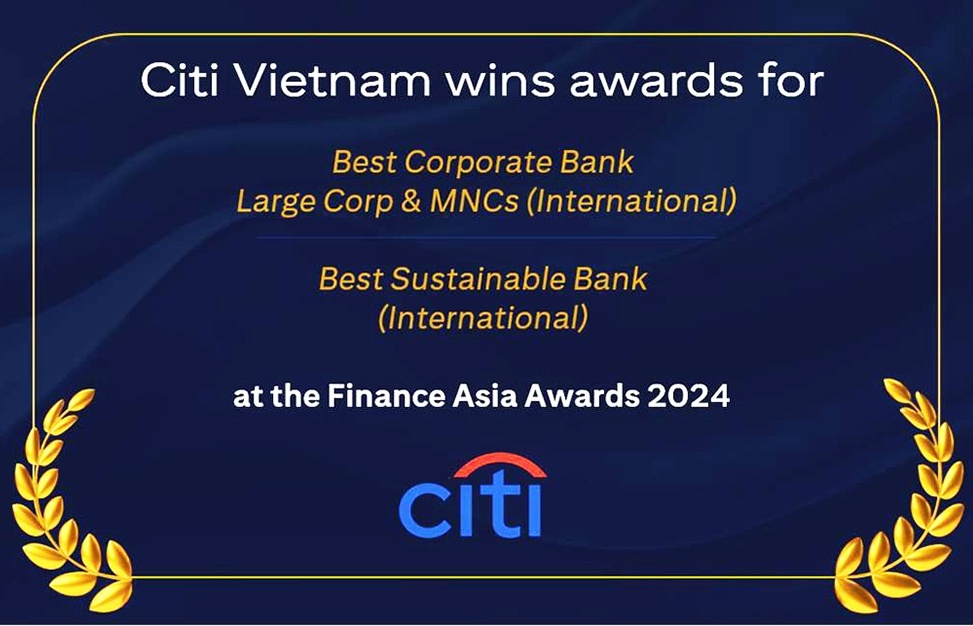
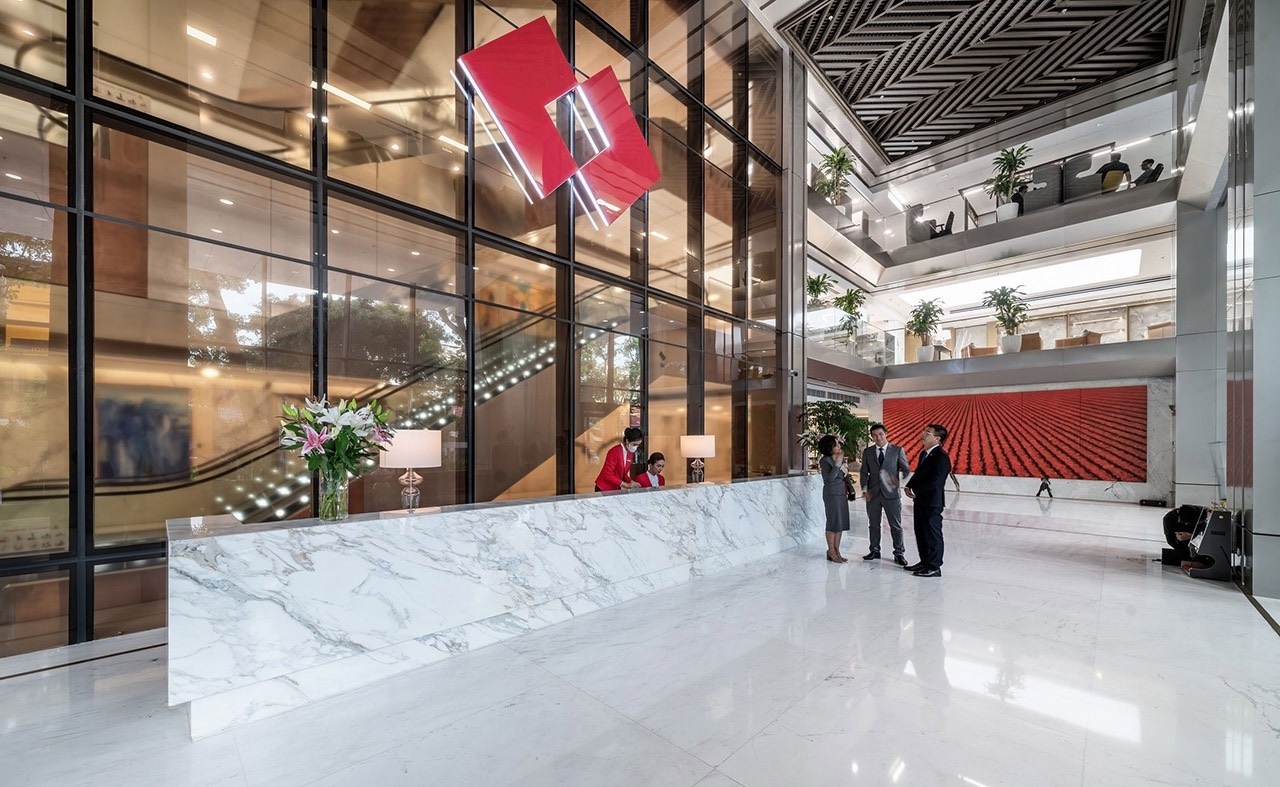
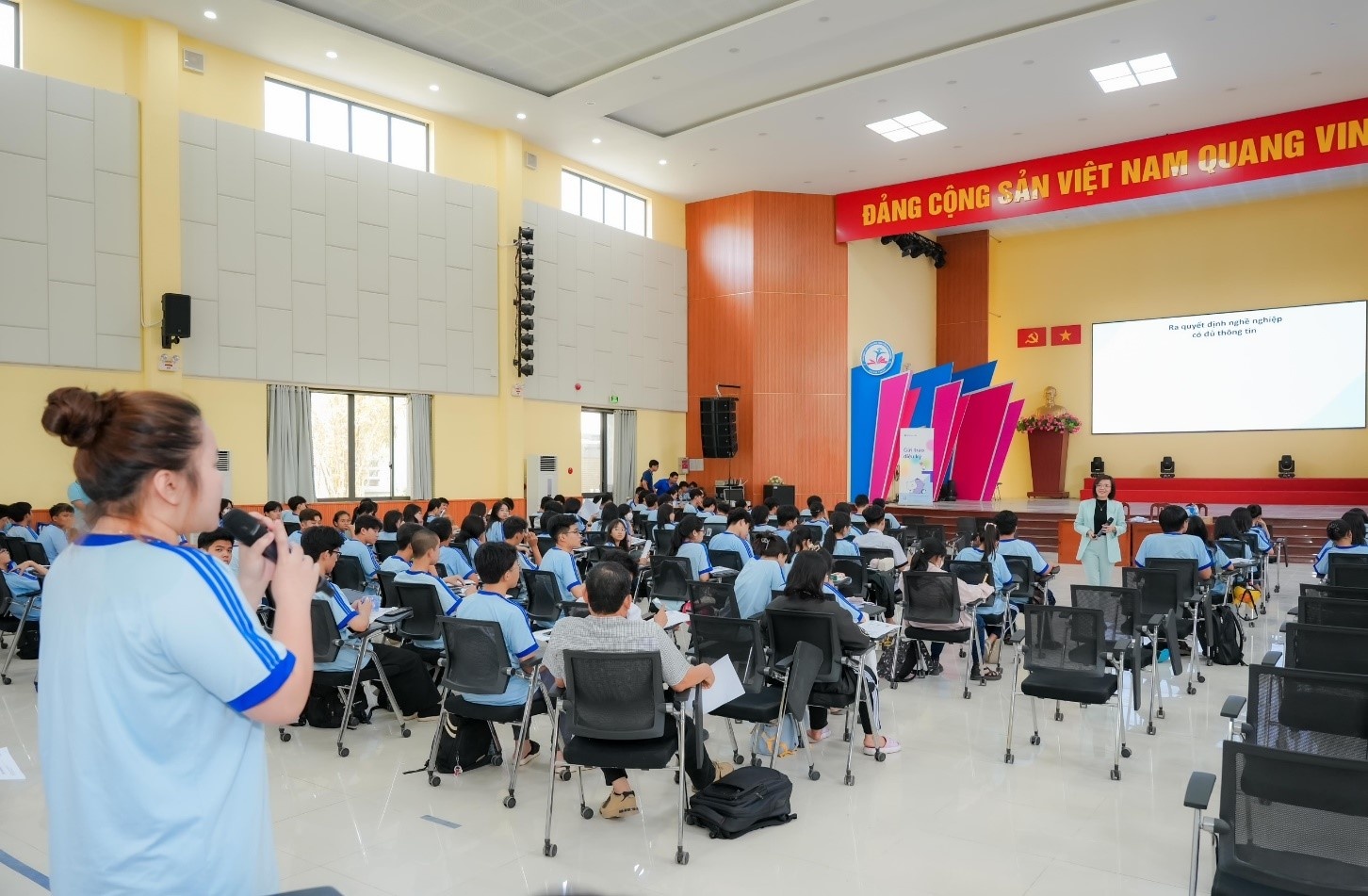








 Mobile Version
Mobile Version